Space Facts and Gifs.
RESNICK
Published
07/10/2014
Space is a wonderous place.
- List View
- Player View
- Grid View
Advertisement
-
1.
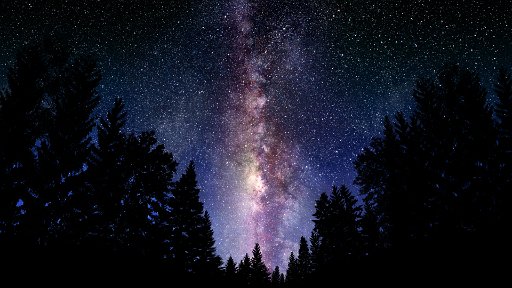 The Sun is an almost perfect sphere:There is only a 10 kilometre difference in its polar diameter compared to its equatorial diameter. Considering the vast expanse of the Sun, this means it is the closest thing to a perfect sphere that has been observed in nature.
The Sun is an almost perfect sphere:There is only a 10 kilometre difference in its polar diameter compared to its equatorial diameter. Considering the vast expanse of the Sun, this means it is the closest thing to a perfect sphere that has been observed in nature. -
2.
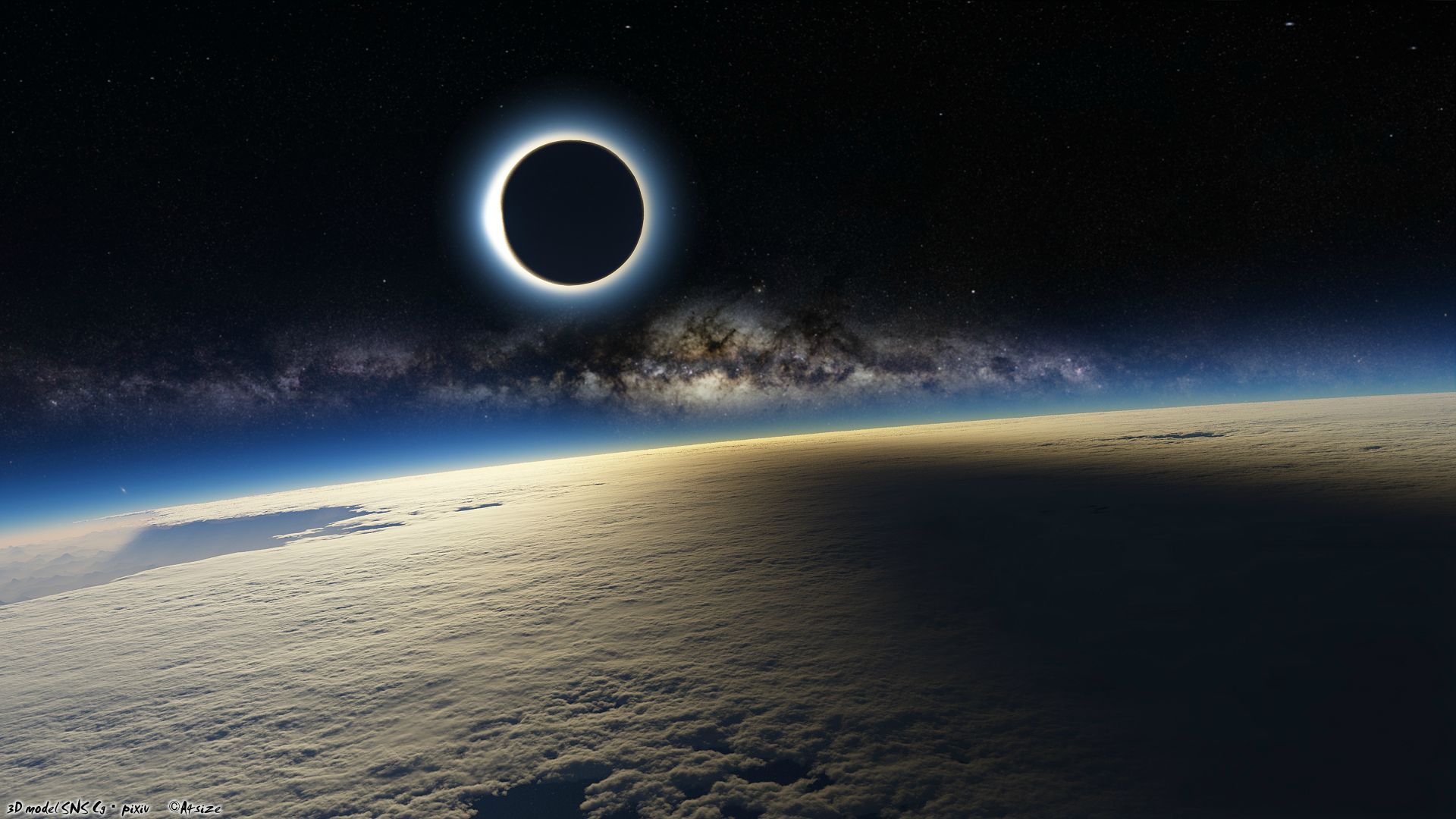 If you were able to put saturn in water, the son of a bitch would float.
If you were able to put saturn in water, the son of a bitch would float. -
3.
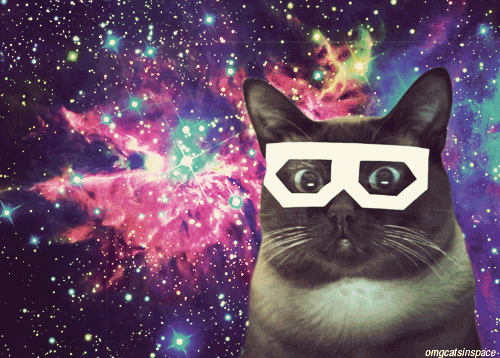 We are moving through space at the rate of 530km a second.
We are moving through space at the rate of 530km a second. -
4.
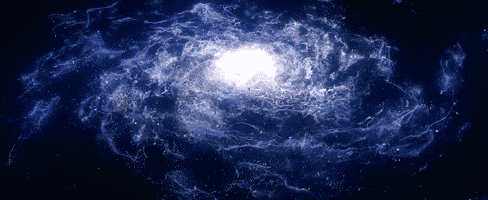 The moon is drifting away from Earth.
The moon is drifting away from Earth. -
5.
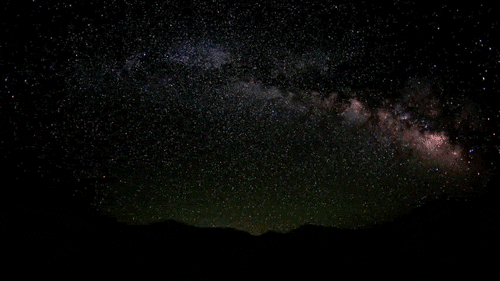 Saturn has 150 moons and smaller moonlets
Saturn has 150 moons and smaller moonlets -
6.
 Fact: The Sun loses up to a billion kilograms a second due to solar windsSolar winds are charged particles that are ejected from the upper surface of the sun due to the high temperature of the corona and the high kinetic energy particles gain through a process that is not well understood at this time. Also, did you know that 1 pinhead of the suns energy is enough to kill a person at a distance of 160 kilometers?
Fact: The Sun loses up to a billion kilograms a second due to solar windsSolar winds are charged particles that are ejected from the upper surface of the sun due to the high temperature of the corona and the high kinetic energy particles gain through a process that is not well understood at this time. Also, did you know that 1 pinhead of the suns energy is enough to kill a person at a distance of 160 kilometers? -
7.
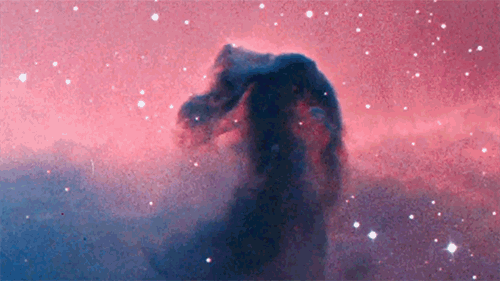 Our sun has the mass of 1,989,100,000,000,000,000,000 billion kg 333,060 x Earth
Our sun has the mass of 1,989,100,000,000,000,000,000 billion kg 333,060 x Earth -
8.
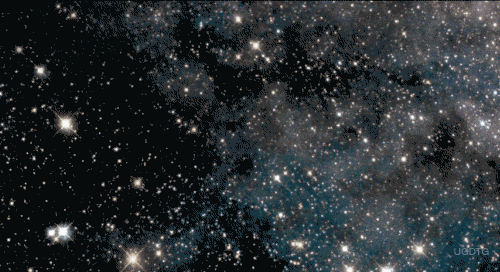 Only 16 missions to Mars have been successful.Including orbiters, landers and rovers there have been 39 missions to Mars.
Only 16 missions to Mars have been successful.Including orbiters, landers and rovers there have been 39 missions to Mars. -
9.
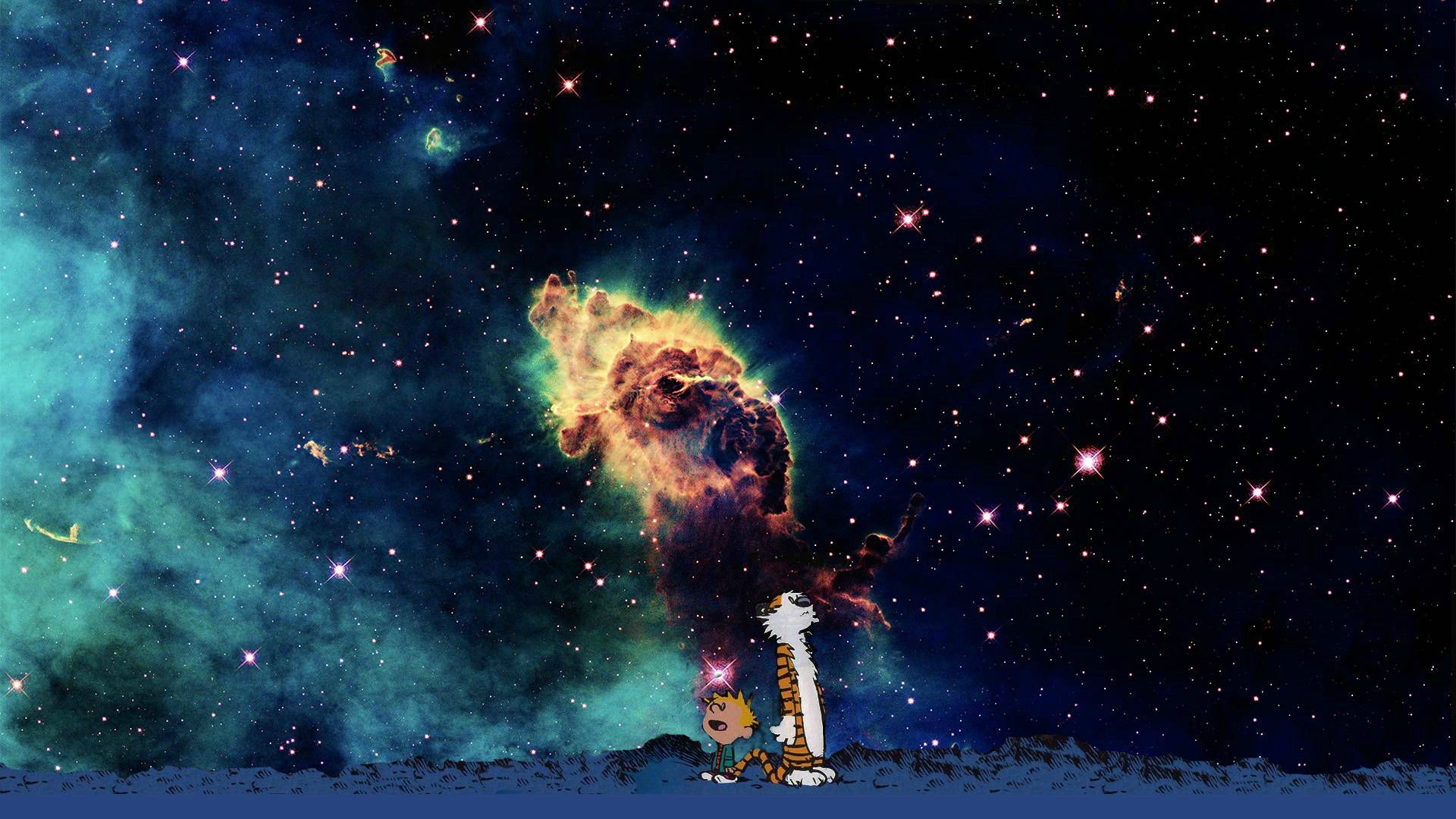 Uranus was originally called Georges Star.
Uranus was originally called Georges Star. -
10.
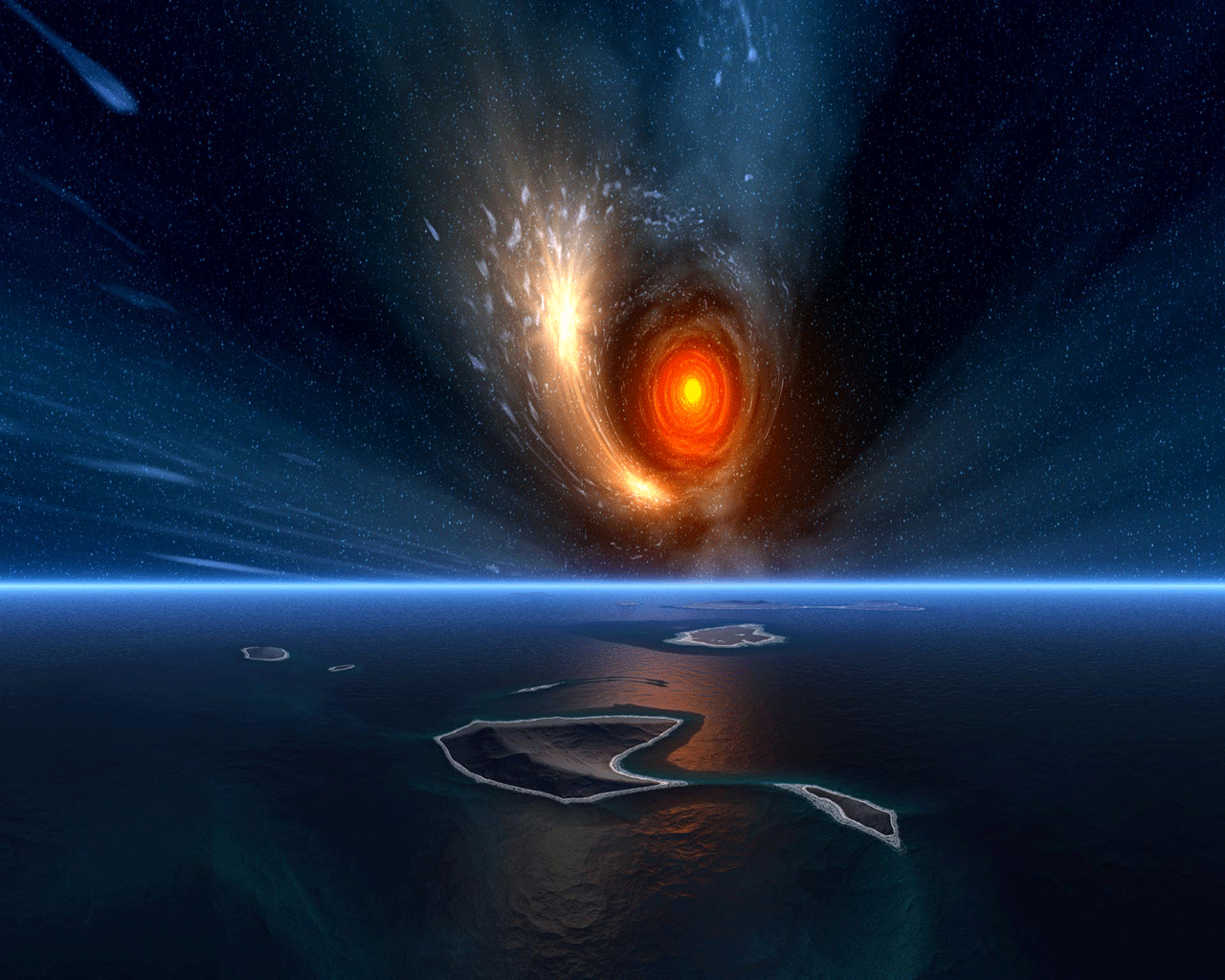 The Big Dipper is not a constellation, it is an asterismMany people consider the big dipper to be a constellation but, in fact, it is an asterism. An asterism is a pattern of stars in the sky which is not one of the official 88 constellations they are also composed of stars which are not physically related to each other and can be vast distances apart. An asterism can be composed of stars from one or more constellations in the case of the Big Dipper, it is composed entirely of the seven brightest stars in the Ursa Major Great Bear constellation.
The Big Dipper is not a constellation, it is an asterismMany people consider the big dipper to be a constellation but, in fact, it is an asterism. An asterism is a pattern of stars in the sky which is not one of the official 88 constellations they are also composed of stars which are not physically related to each other and can be vast distances apart. An asterism can be composed of stars from one or more constellations in the case of the Big Dipper, it is composed entirely of the seven brightest stars in the Ursa Major Great Bear constellation. -
11.
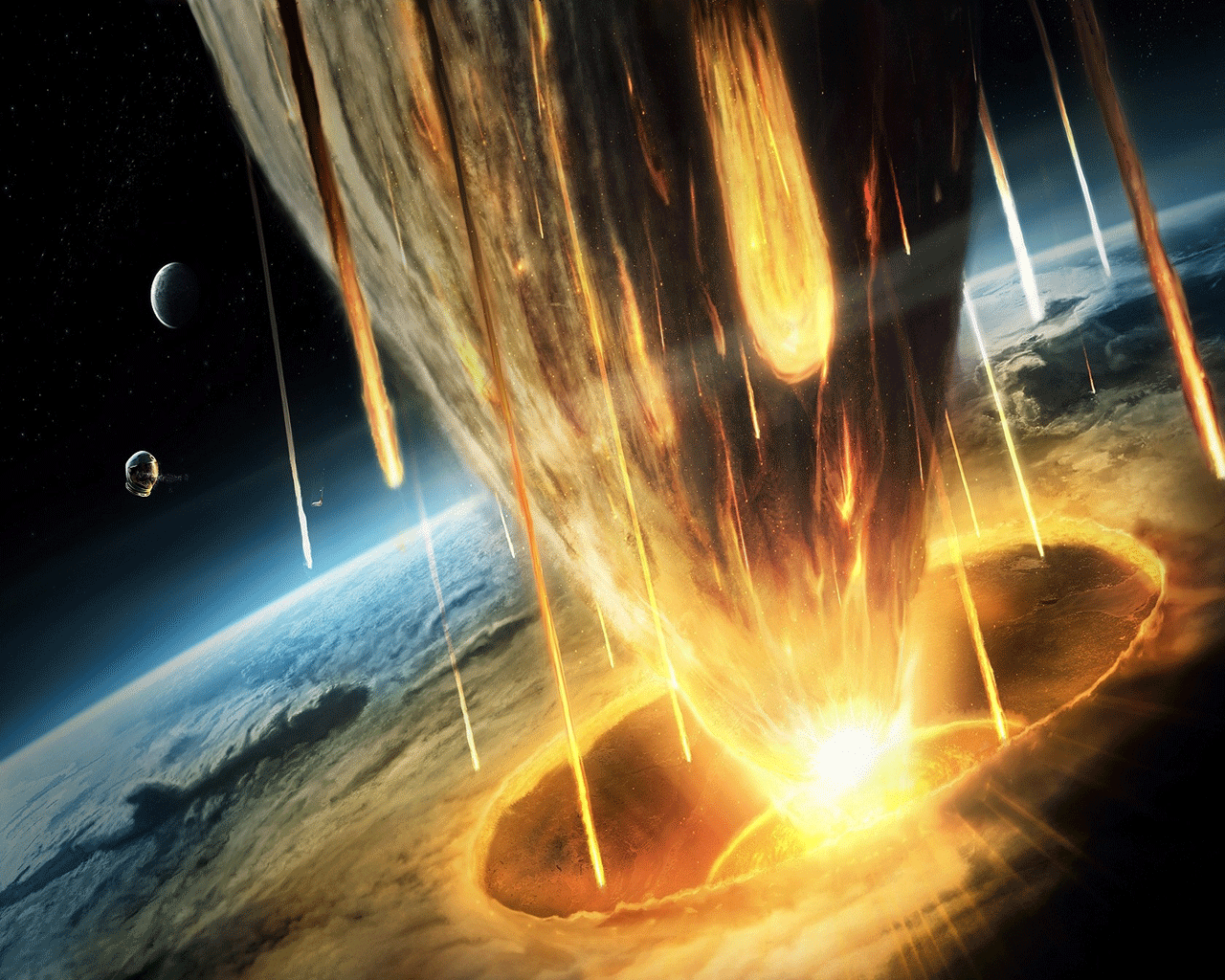 Earth has a mass of 5,972,190,000,000,000 billion kg.
Earth has a mass of 5,972,190,000,000,000 billion kg. -
12.
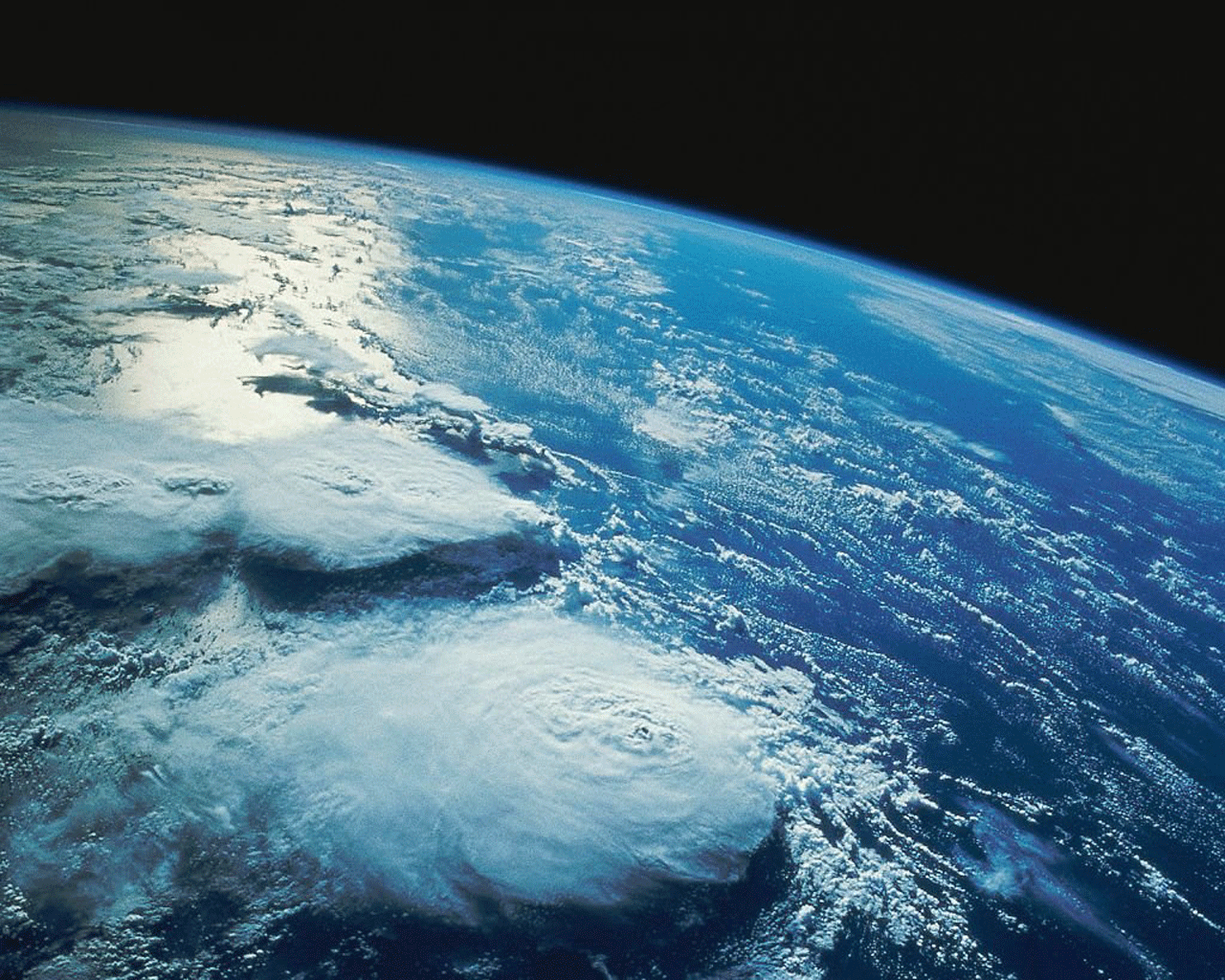 Asteroid Belt objects are made of rock and stone. Some are solid objects, while others are orbiting rubble piles.
Asteroid Belt objects are made of rock and stone. Some are solid objects, while others are orbiting rubble piles. -
13.
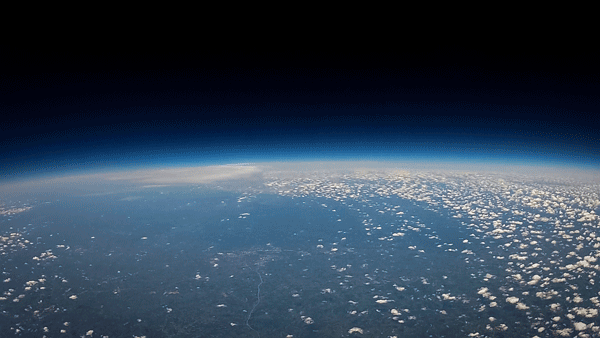 The Asteroid Belt contains billions and billions of asteroids.
The Asteroid Belt contains billions and billions of asteroids. -
14.
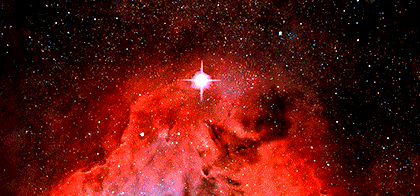 Jupiter orbits the Sun once every 11.8 Earth years. From our point of view on Earth, it appears to move slowly in the sky, taking months to move from one constellation to another.
Jupiter orbits the Sun once every 11.8 Earth years. From our point of view on Earth, it appears to move slowly in the sky, taking months to move from one constellation to another. -
15.
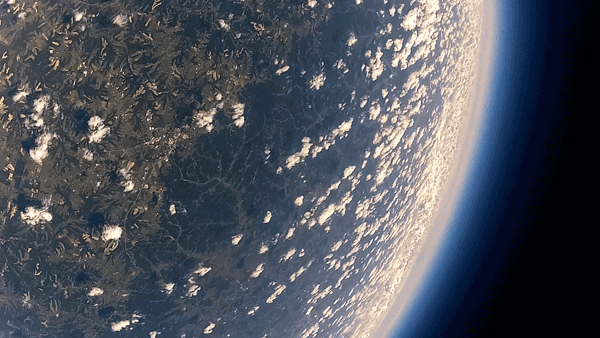 Some asteroids in the Belt are quite large, but most range in size down to pebbles.
Some asteroids in the Belt are quite large, but most range in size down to pebbles. -
16.
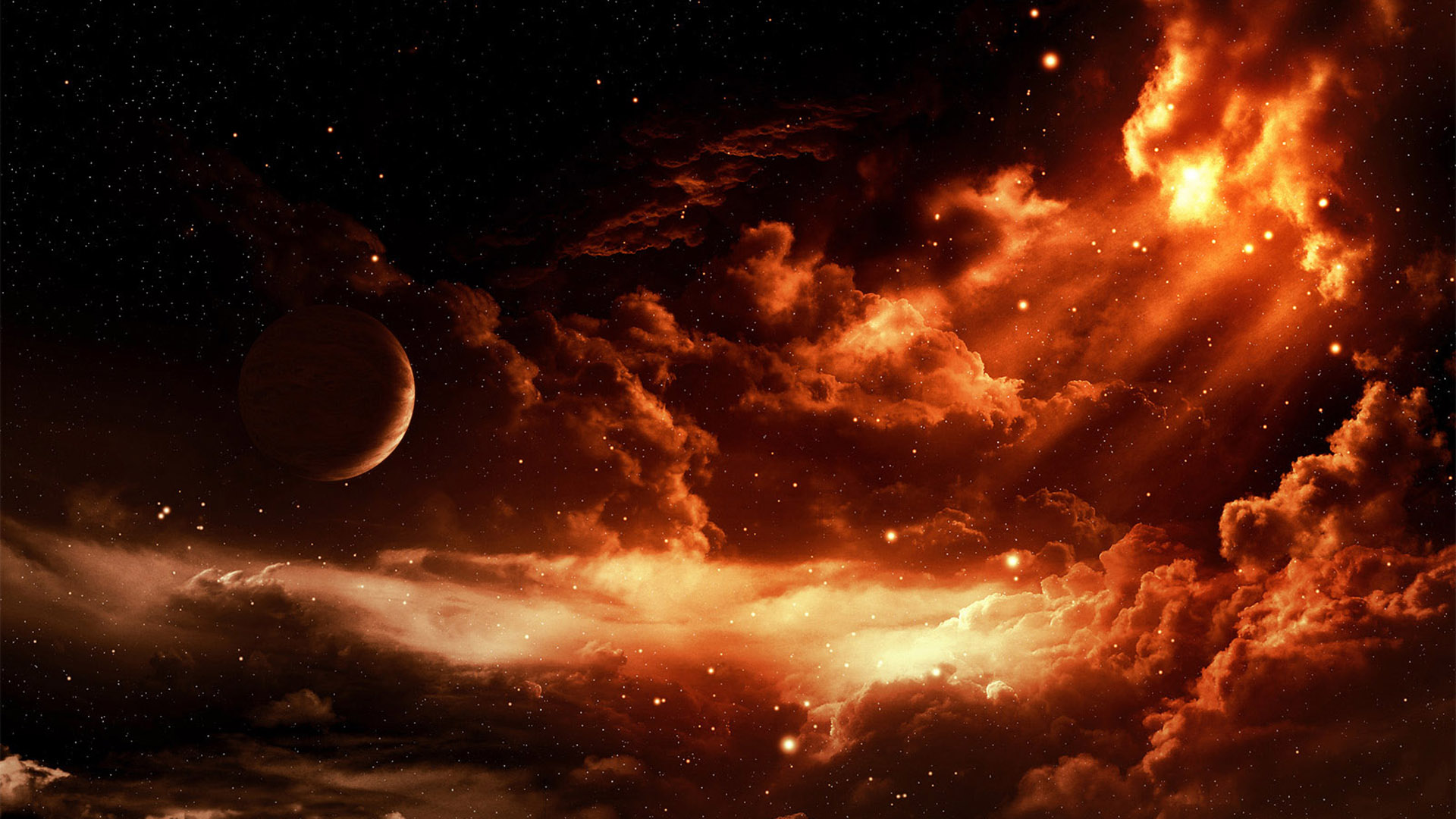 Gravitational influences can move asteroids out of the Belt.
Gravitational influences can move asteroids out of the Belt. -
17.
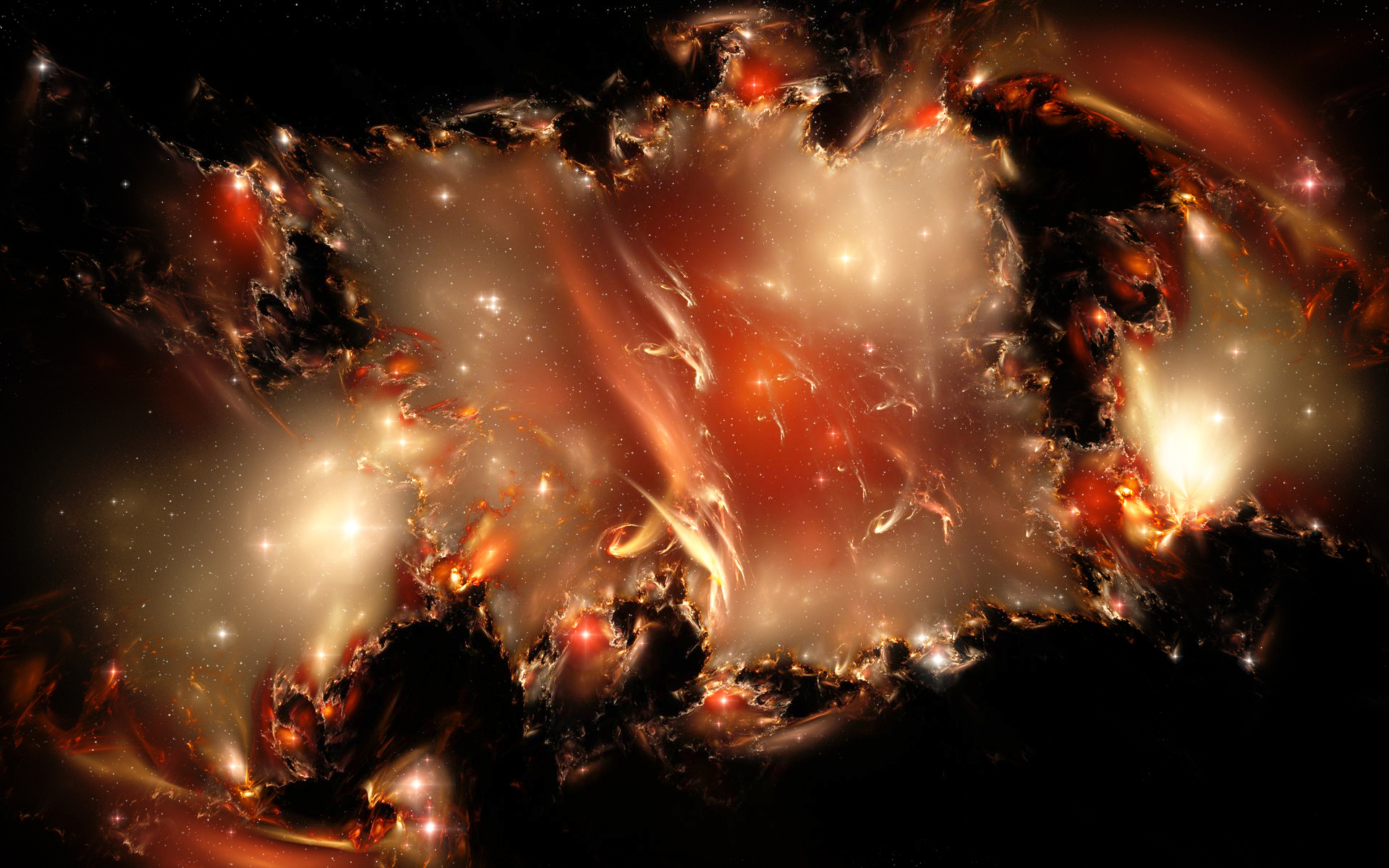 Asteroids are not the only things that hit Earth. Each day, more than 100 tons of material from asteroids and comets falls toward Earth. Most of it is destroyed by friction as it passes through our atmosphere. If something DOES hit the ground, it is known as a meteorite.
Asteroids are not the only things that hit Earth. Each day, more than 100 tons of material from asteroids and comets falls toward Earth. Most of it is destroyed by friction as it passes through our atmosphere. If something DOES hit the ground, it is known as a meteorite. -
18.
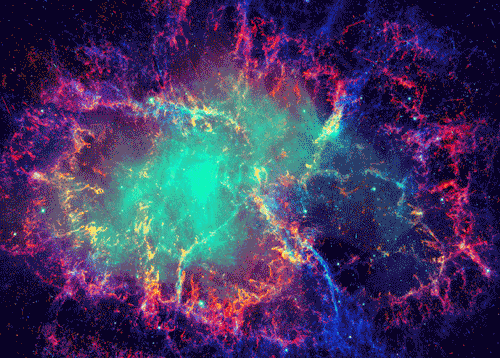 Some asteroids have moons of their own!
Some asteroids have moons of their own! -
19.
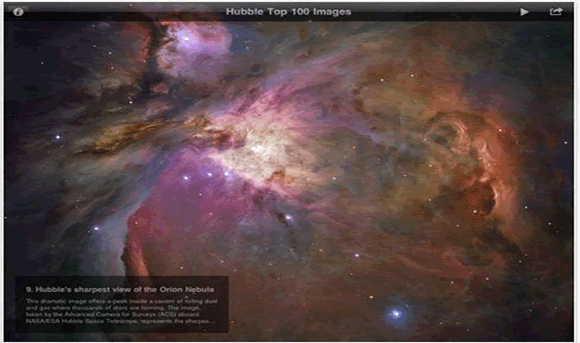 While asteroid impacts were more common in the past, they arent as frequent today.
While asteroid impacts were more common in the past, they arent as frequent today. -
20.
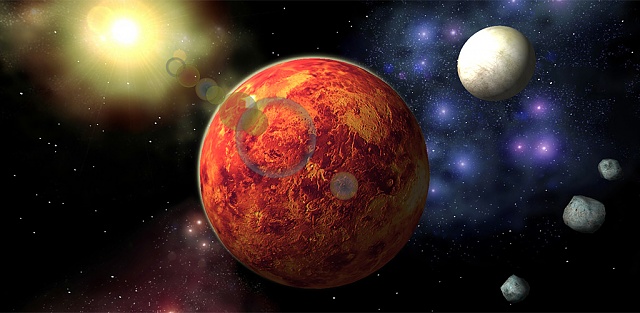 Earth suffers an impact from an object the size of a football field about once every 2,000 years.
Earth suffers an impact from an object the size of a football field about once every 2,000 years. -
21.
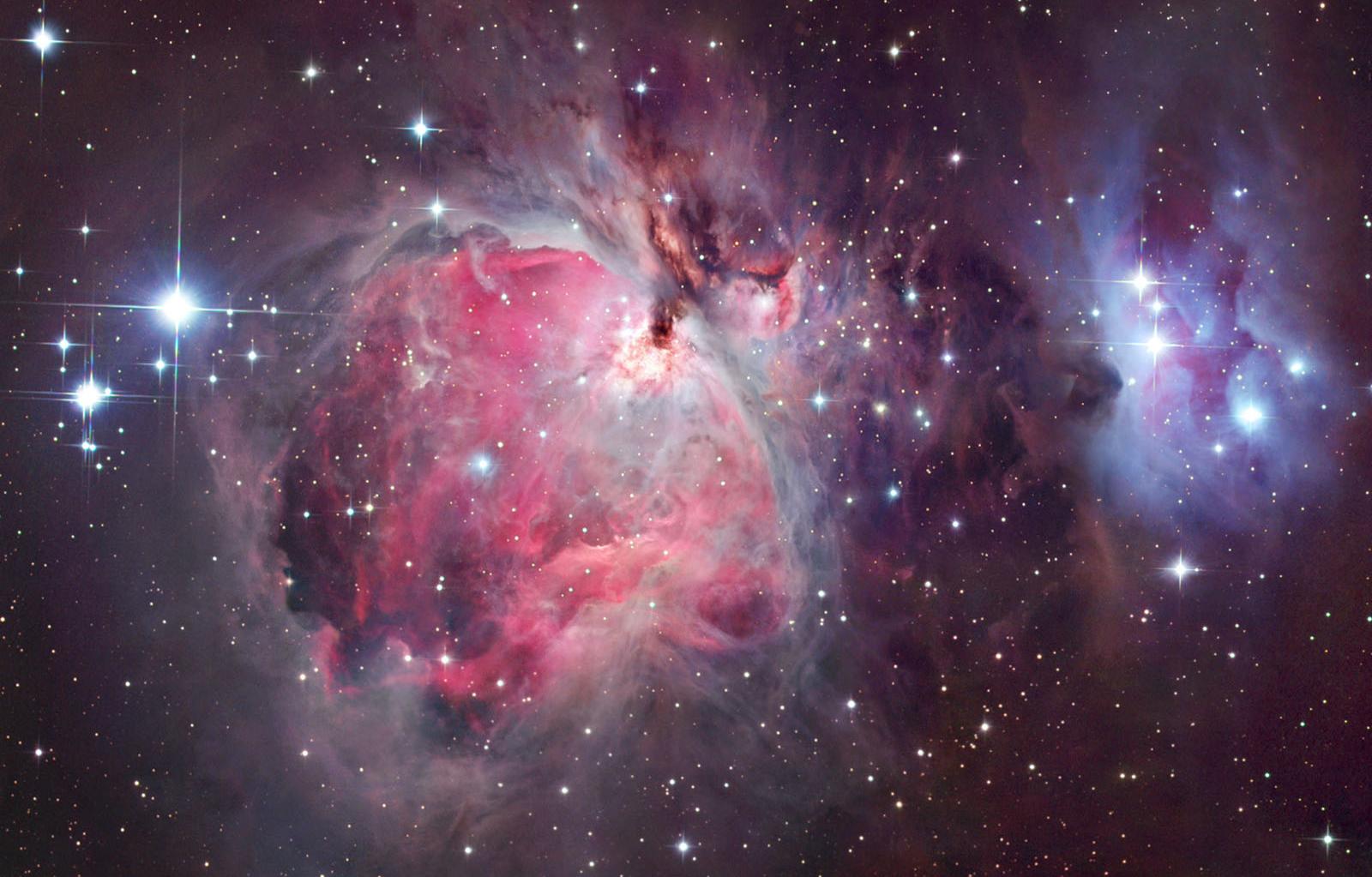 Asteroids are rich in precious metals and other metals, as well as water.
Asteroids are rich in precious metals and other metals, as well as water. -
22.
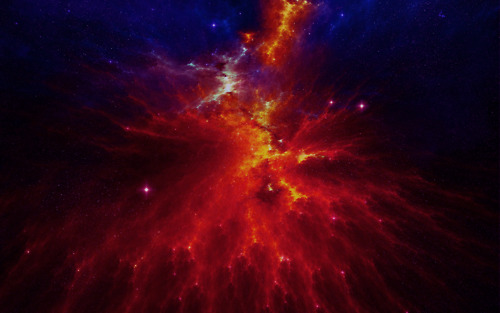 Most asteroids orbit the Sun in the Asteroid Belt, which lies between Mars and Jupiter.
Most asteroids orbit the Sun in the Asteroid Belt, which lies between Mars and Jupiter. -
23.
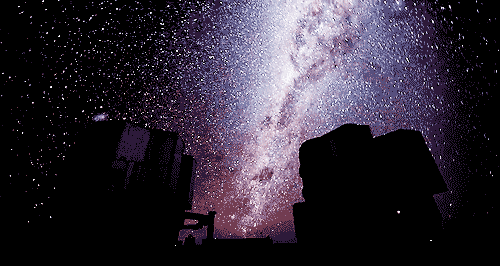 Asteroids are also referred to as minor planets or planetoids.
Asteroids are also referred to as minor planets or planetoids. -
24.
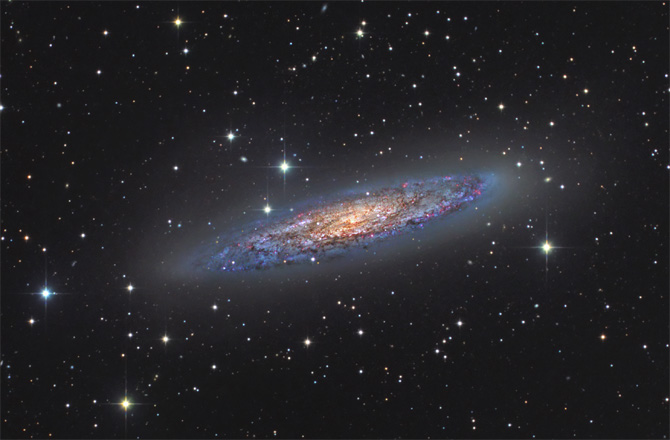 If two pieces of the same metal touch in space, they become permanently stuck together. This process is called cold welding.
If two pieces of the same metal touch in space, they become permanently stuck together. This process is called cold welding. -
25.
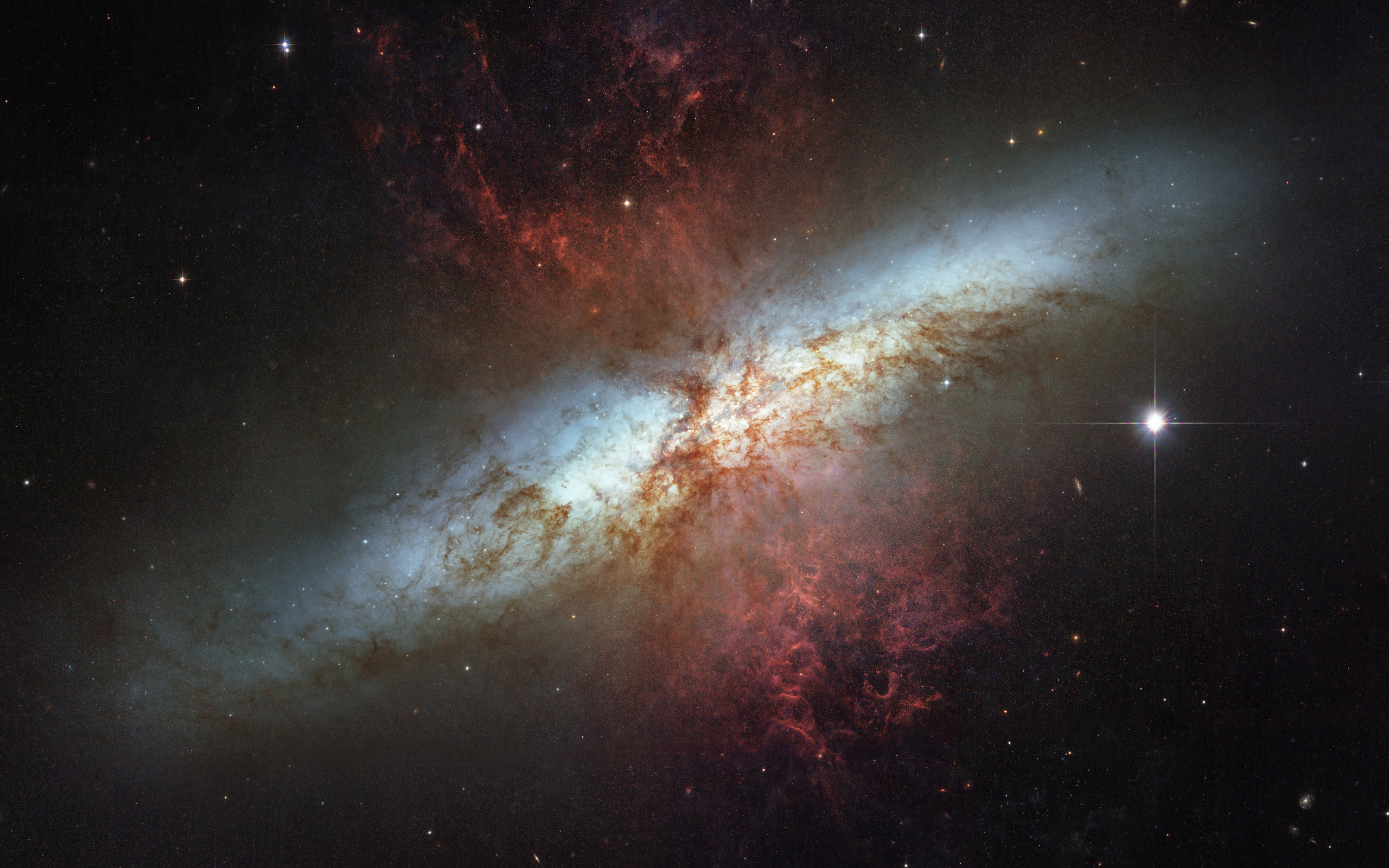 The suns surface tempurature is a balmy 5500 C
The suns surface tempurature is a balmy 5500 C -
26.
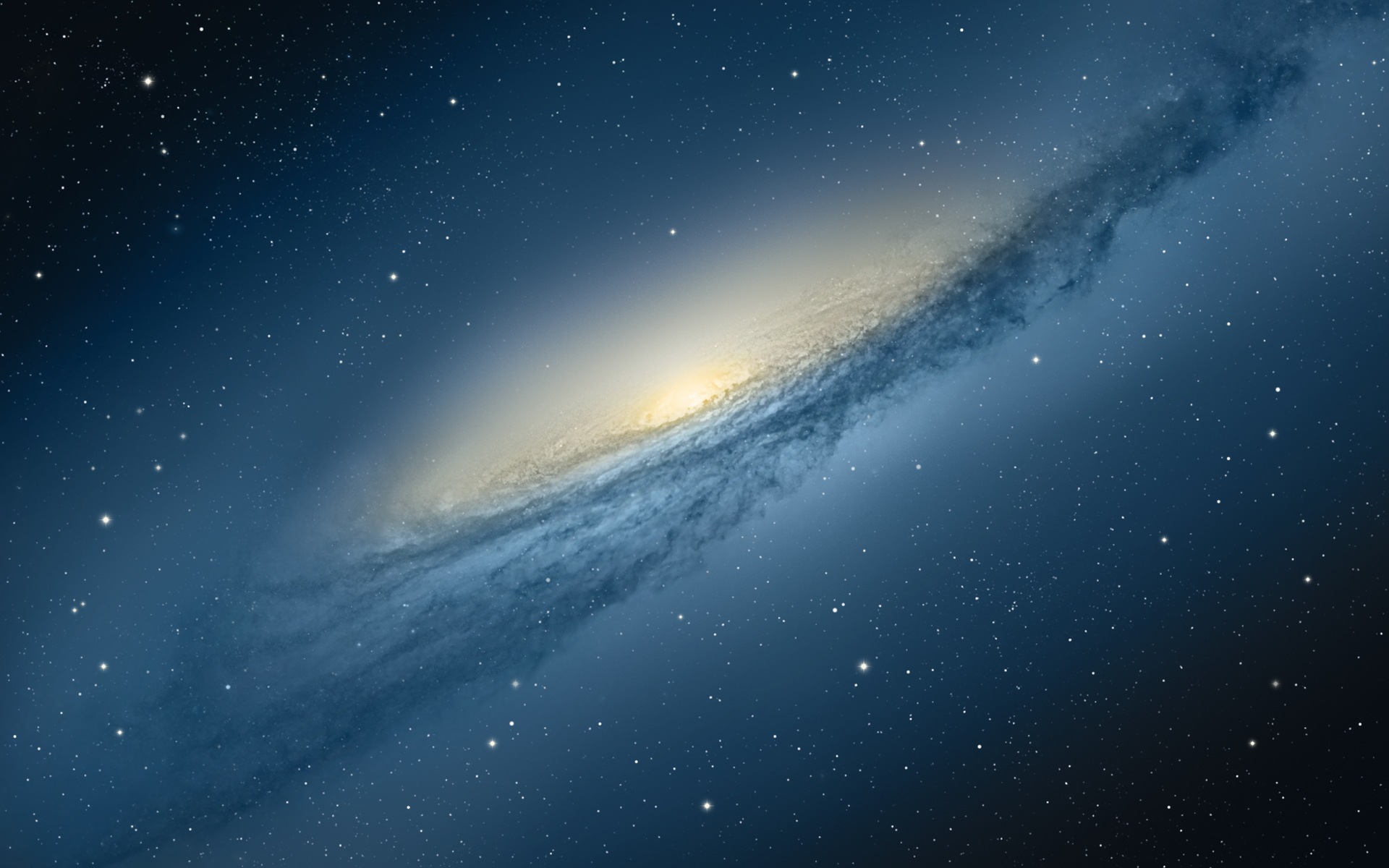
-
27.
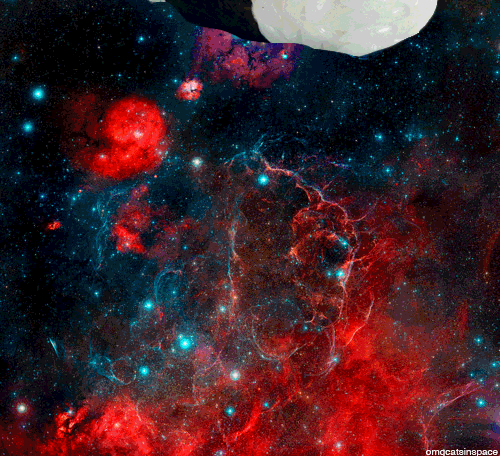 The distance from the Sun to Earth changes throughout the year. Because the Earth travels on an elliptical orbit around the Sun, the distance between the two bodies varies from 147 to 152 million kilometers. The distance between the Earth and the Sun is called an Astronomical Unit AU.
The distance from the Sun to Earth changes throughout the year. Because the Earth travels on an elliptical orbit around the Sun, the distance between the two bodies varies from 147 to 152 million kilometers. The distance between the Earth and the Sun is called an Astronomical Unit AU. -
28.
 The Sun is middle-aged:At around 4.5 billion years old, the Sun has already burned off about half of its store of Hydrogen. It has enough left to continue to burn Hydrogen for approximately another 5 billion years. The Sun is currently a type of star known as a Yellow Dwarf
The Sun is middle-aged:At around 4.5 billion years old, the Sun has already burned off about half of its store of Hydrogen. It has enough left to continue to burn Hydrogen for approximately another 5 billion years. The Sun is currently a type of star known as a Yellow Dwarf -
29.
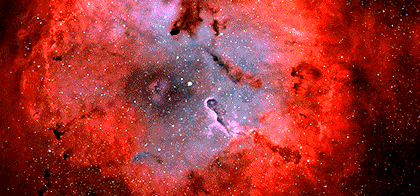 The temperature inside the Sun can reach 15 million degrees Celsius. At the Suns core, energy is generated by nuclear fusion, as Hydrogen converts to Helium. Because hot objects generally expand, the Sun would explode like a giant bomb if it weren't for its enormous gravitational force.
The temperature inside the Sun can reach 15 million degrees Celsius. At the Suns core, energy is generated by nuclear fusion, as Hydrogen converts to Helium. Because hot objects generally expand, the Sun would explode like a giant bomb if it weren't for its enormous gravitational force. -
30.
 Jupiter has the shortest day of all the planets. It turns on its axis once every 9 hours and 55 minutes. The rapid rotation flattens the planet slightly, giving it an oblate shape.
Jupiter has the shortest day of all the planets. It turns on its axis once every 9 hours and 55 minutes. The rapid rotation flattens the planet slightly, giving it an oblate shape. -
31.
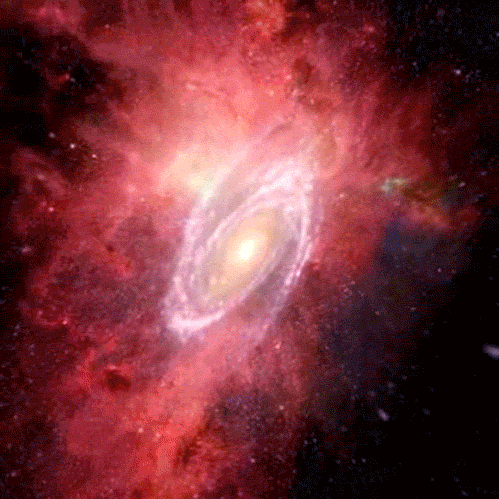 The Great Red Spot is a huge storm on Jupiter. It has raged for at least 350 years. It is so large that three Earths could fit inside it.
The Great Red Spot is a huge storm on Jupiter. It has raged for at least 350 years. It is so large that three Earths could fit inside it. -
32.
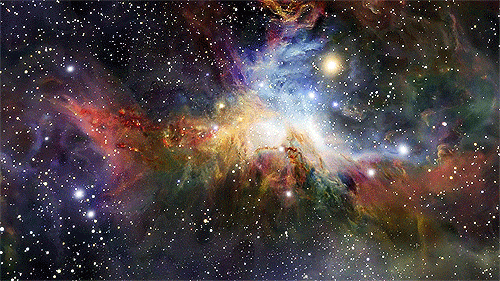 Pieces of Mars have fallen to Earth
Pieces of Mars have fallen to Earth -
33.
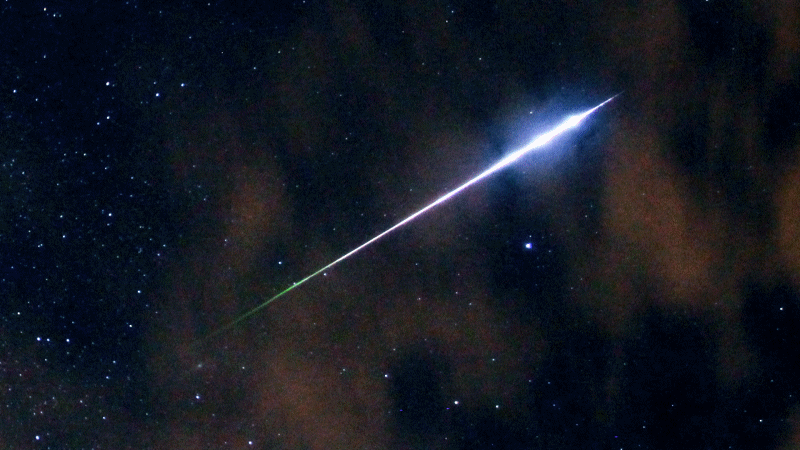 Mars takes its name from the Roman god of war
Mars takes its name from the Roman god of war -
34.
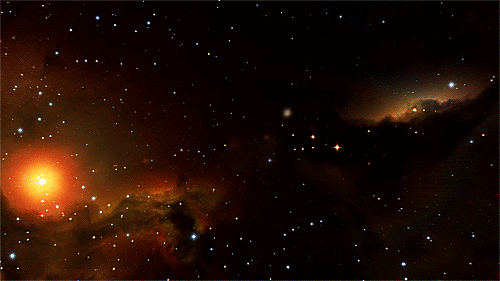 Mars has the largest dust storms in the solar system.
Mars has the largest dust storms in the solar system. -
35.
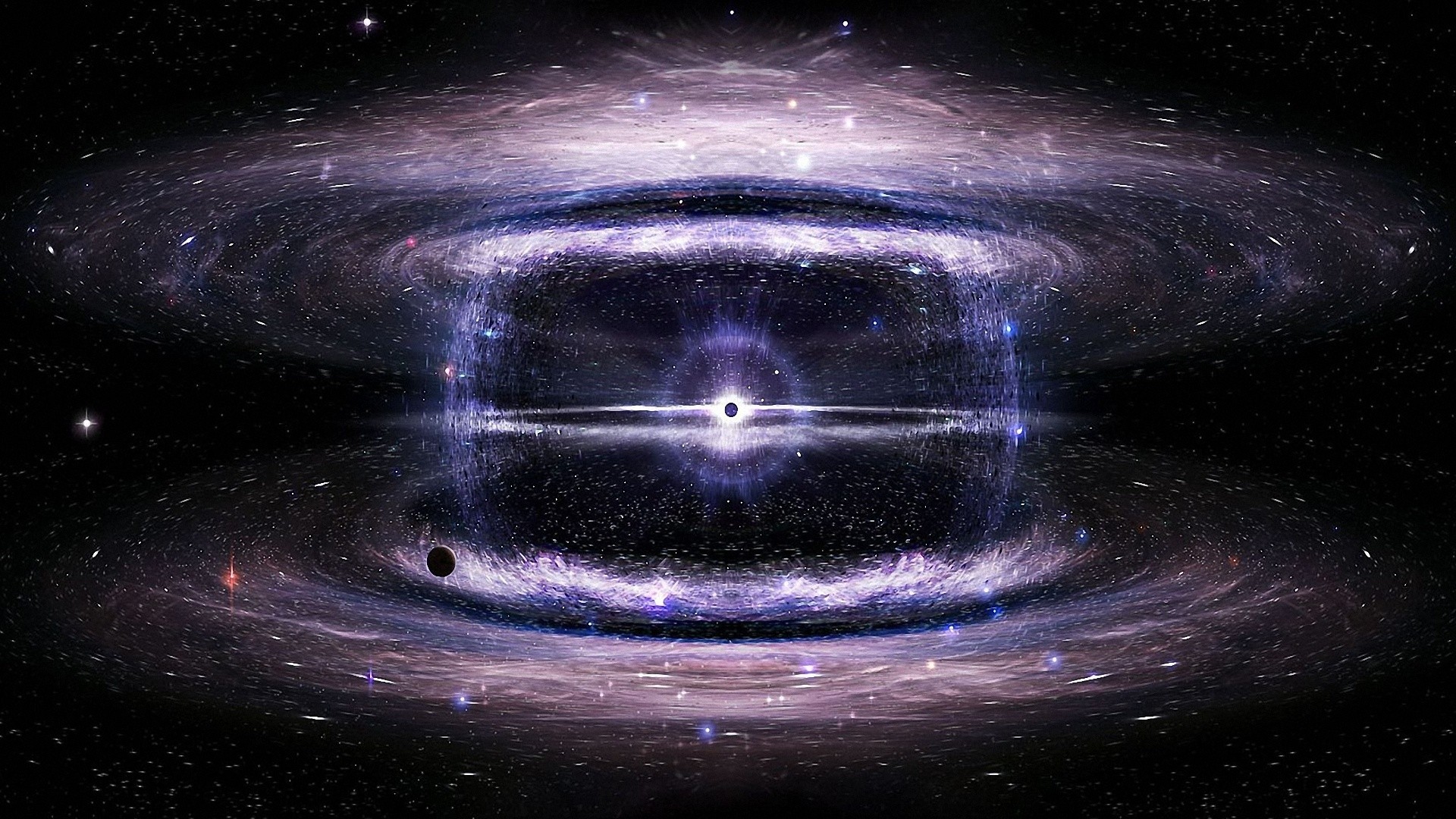 The light hitting the earth right now is 30 thousand years old. The energy in the sunlight we see today started out in the core of the Sun 30,000 years ago it spent most of this time passing through the dense atoms that make the sun and just 8 minutes to reach us once it had left the Sun! The temperature at the core of the sun is 13,600,000 kelvins. All of the energy produced by fusion in the core must travel through many successive layers to the solar photosphere before it escapes into space as sunlight or kinetic energy of particles.
The light hitting the earth right now is 30 thousand years old. The energy in the sunlight we see today started out in the core of the Sun 30,000 years ago it spent most of this time passing through the dense atoms that make the sun and just 8 minutes to reach us once it had left the Sun! The temperature at the core of the sun is 13,600,000 kelvins. All of the energy produced by fusion in the core must travel through many successive layers to the solar photosphere before it escapes into space as sunlight or kinetic energy of particles. -
36.
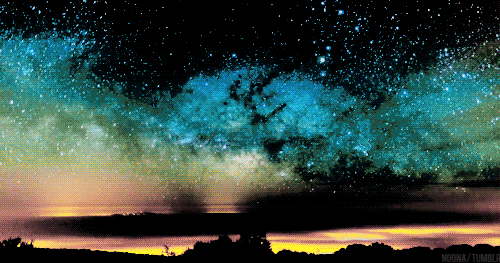 Four spacecraft have visited Saturn
Four spacecraft have visited Saturn
The Sun is an almost perfect sphere:There is only a 10 kilometre difference in its polar diameter compared to its equatorial diameter. Considering the vast expanse of the Sun, this means it is the closest thing to a perfect sphere that has been observed in nature.
36/36
1/36




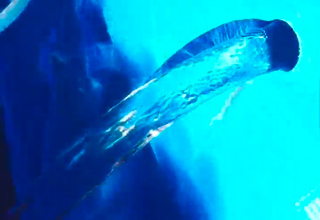
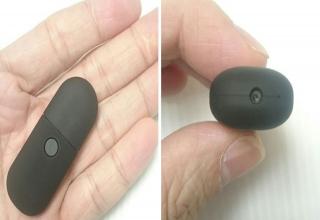

2 Comments